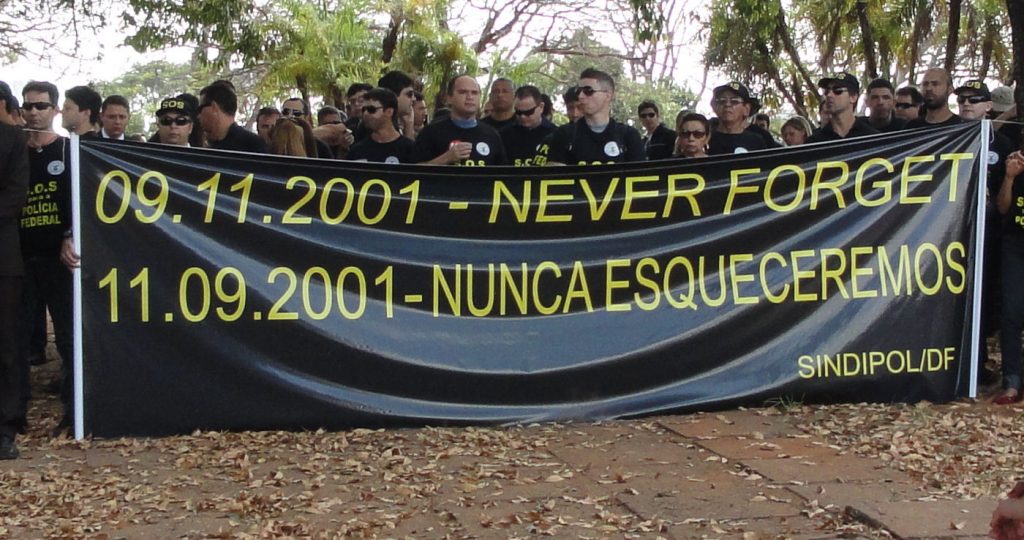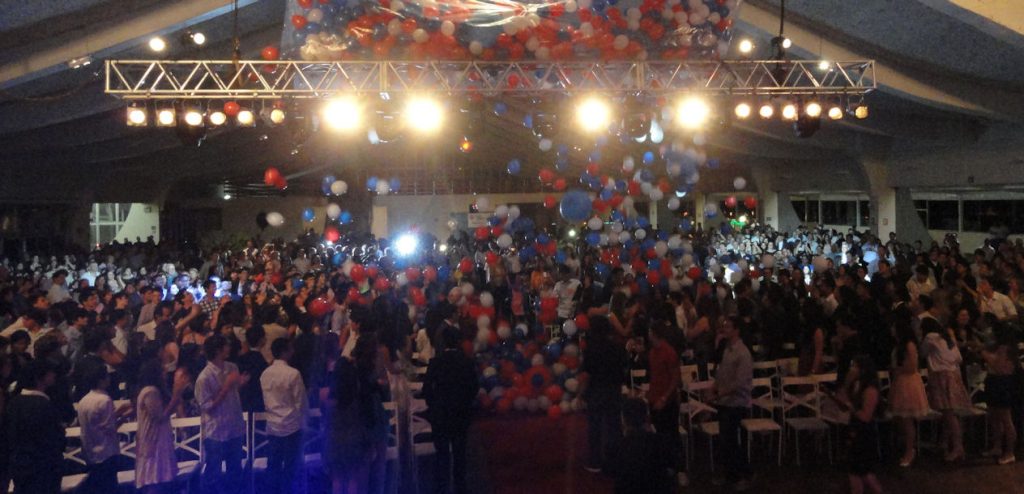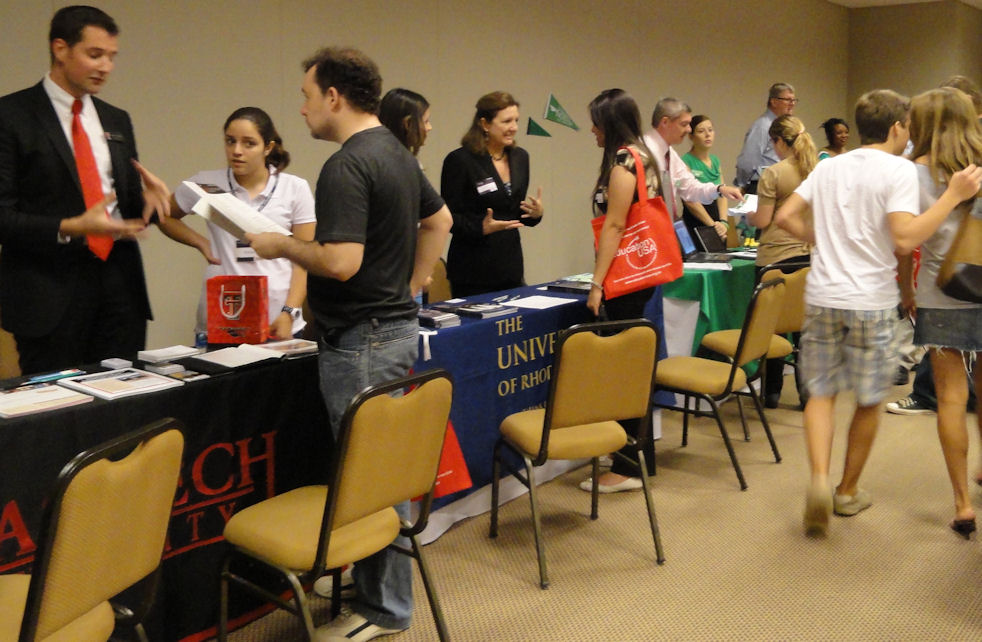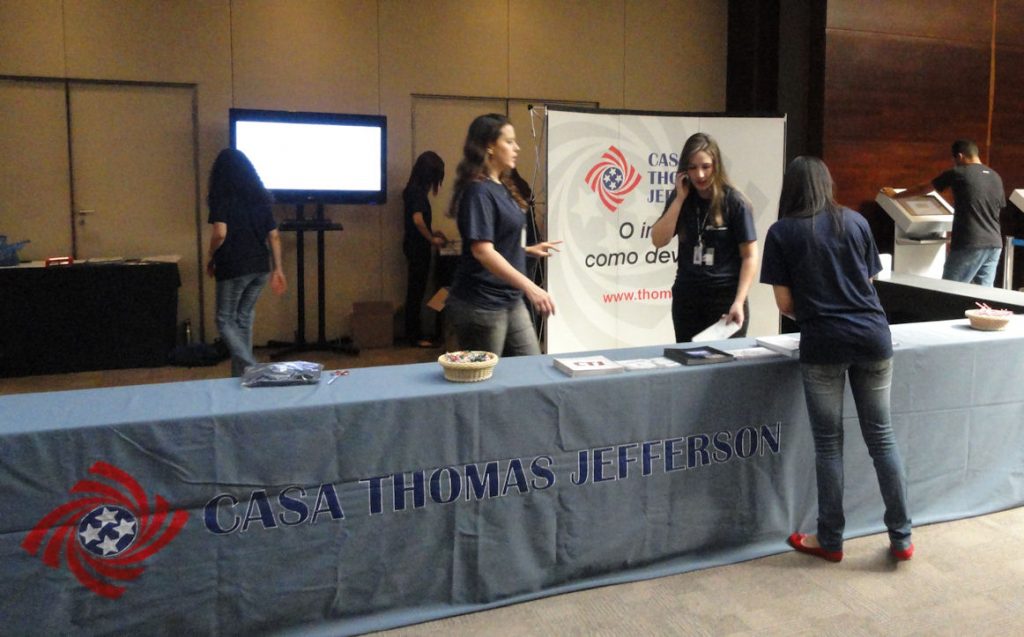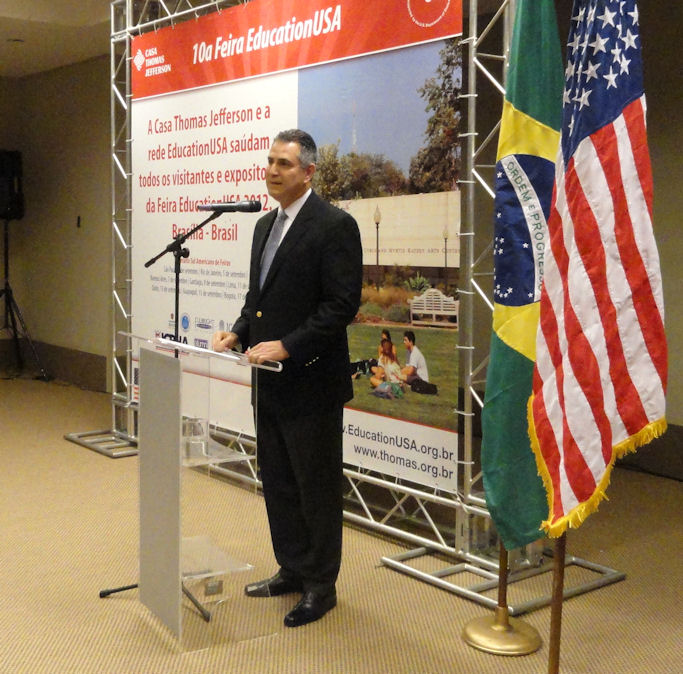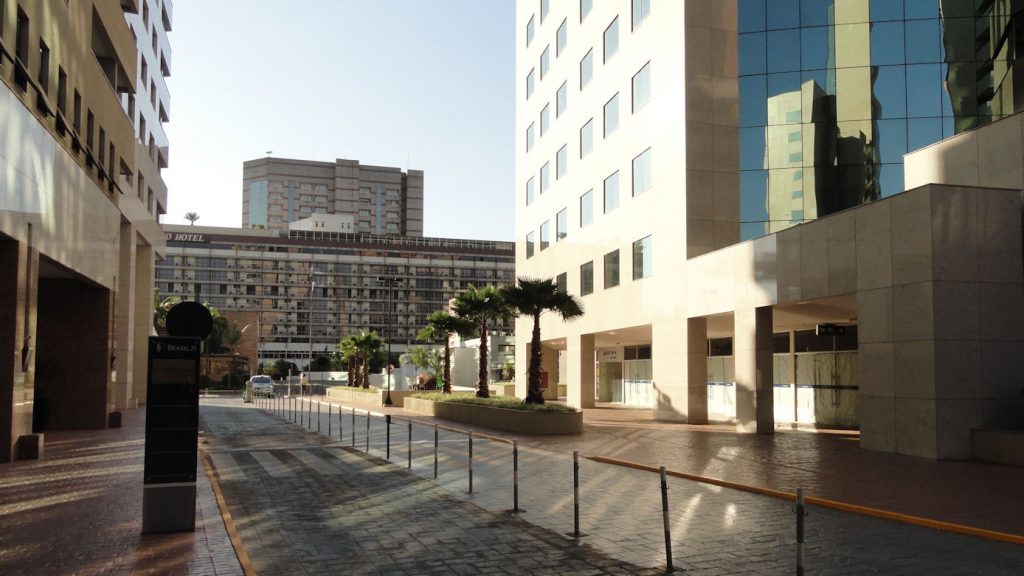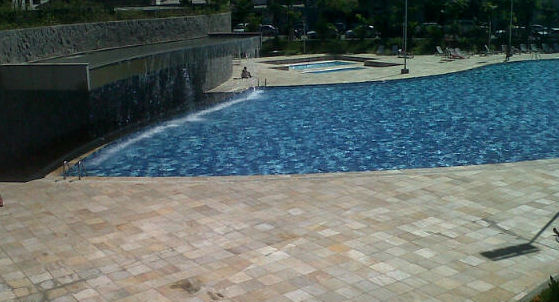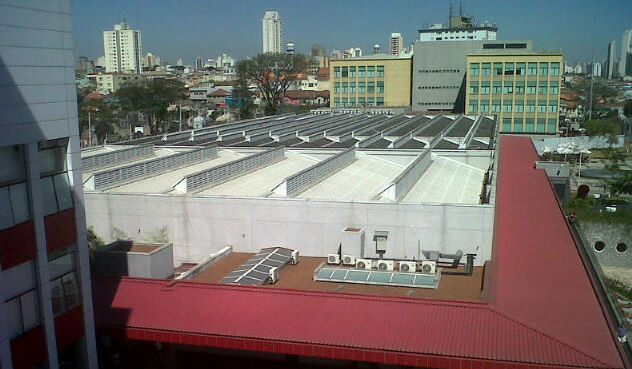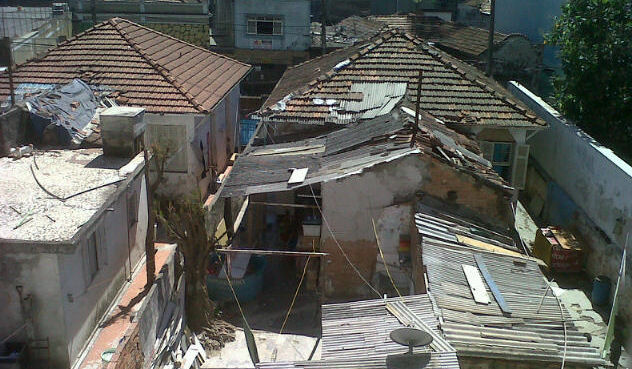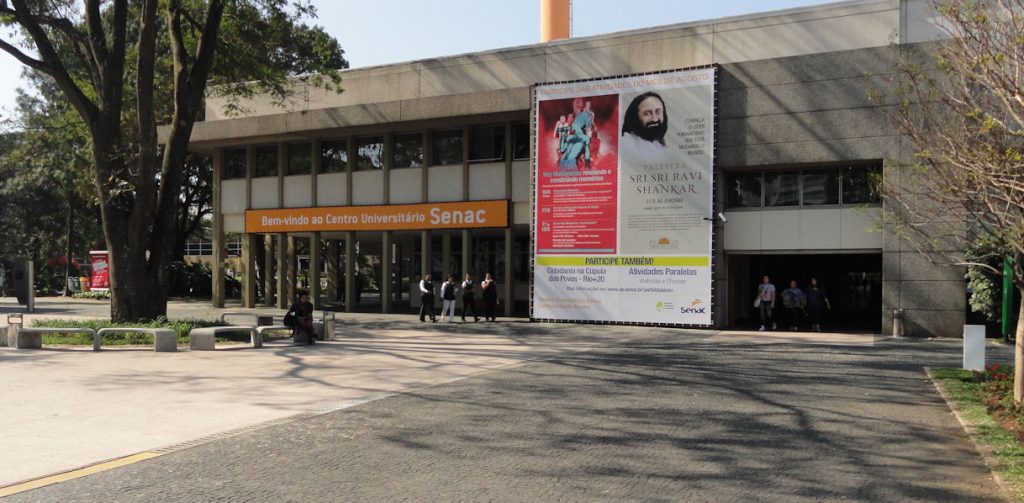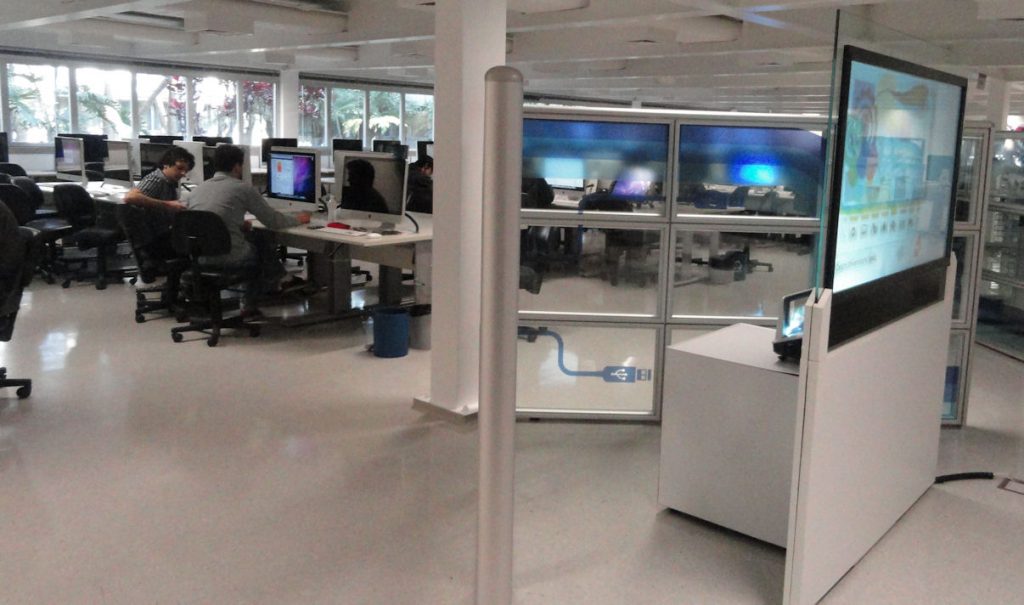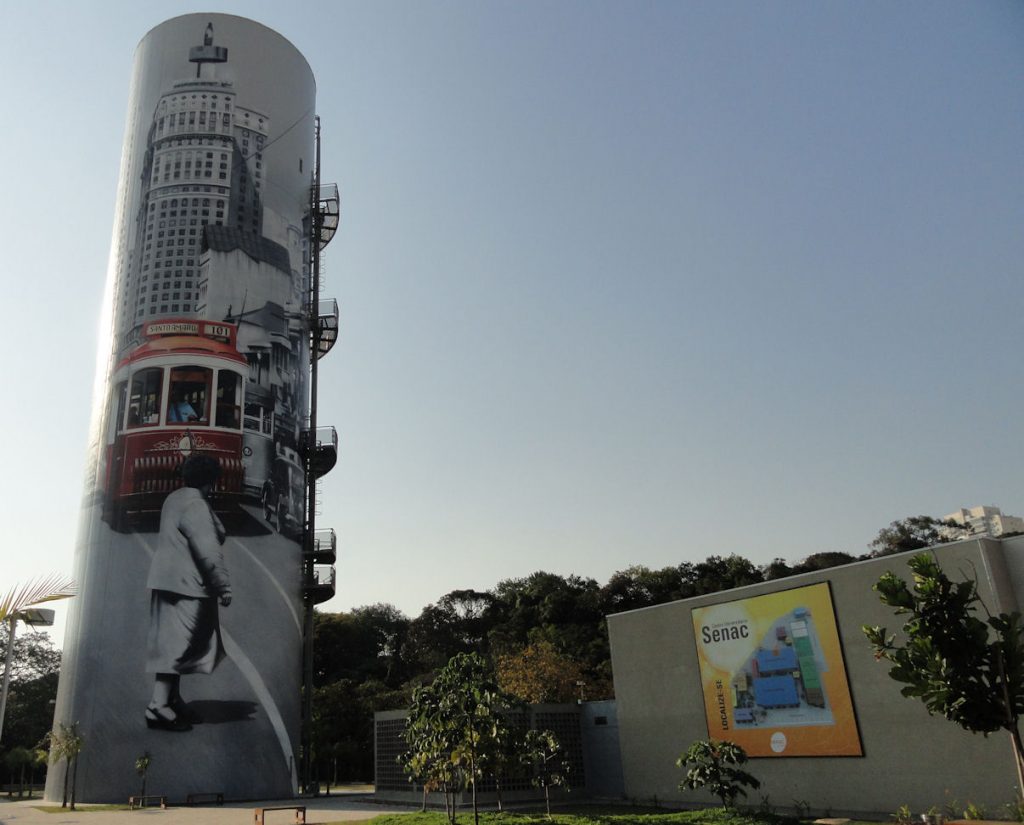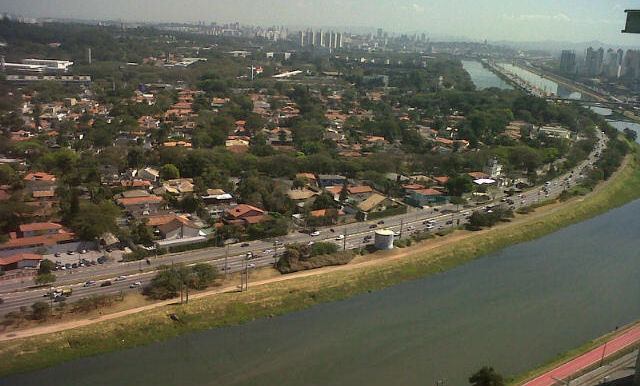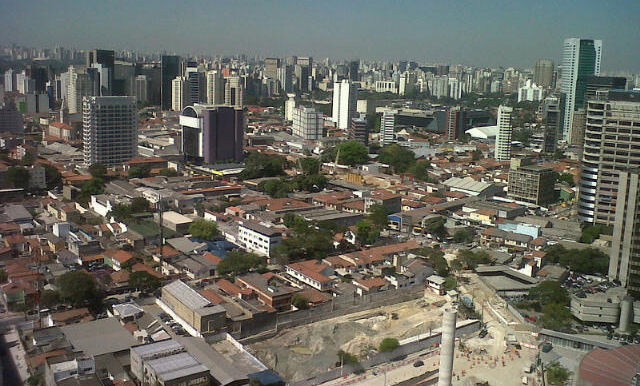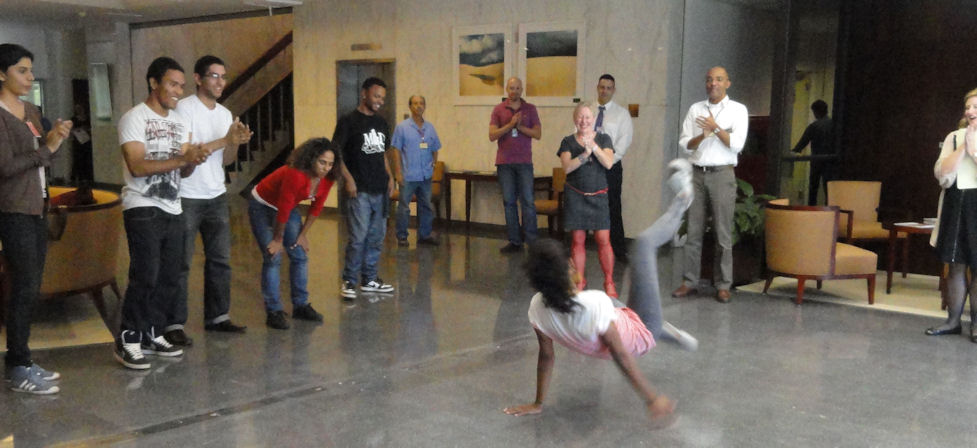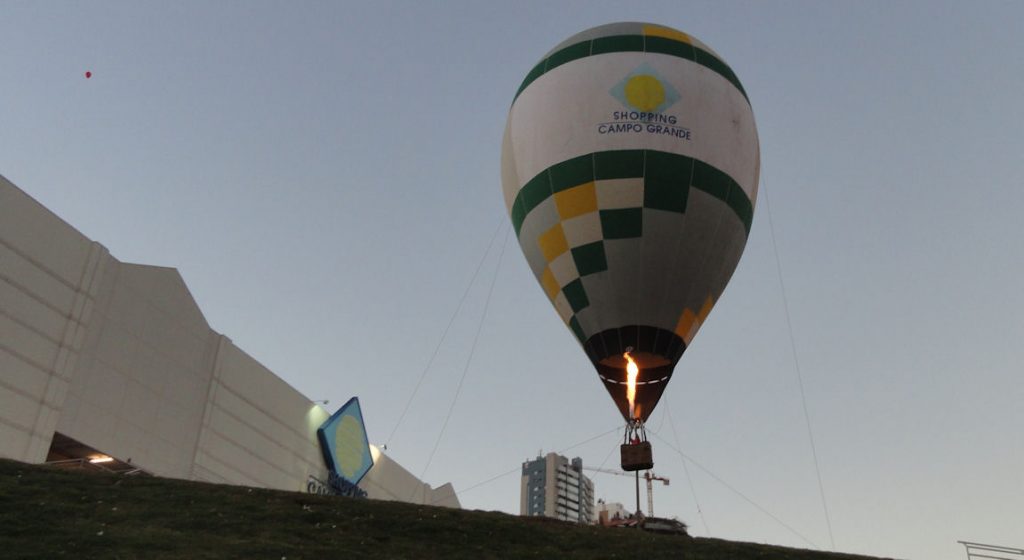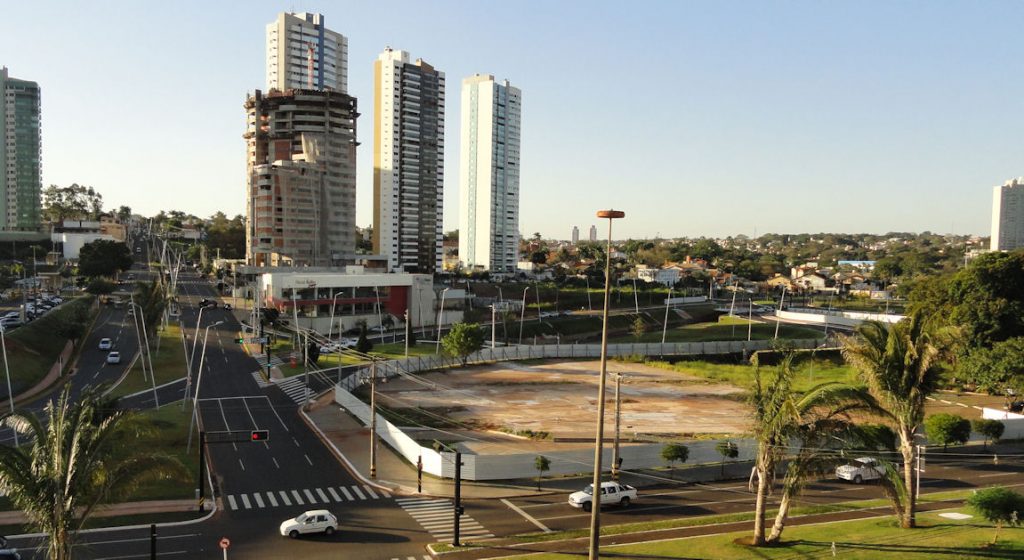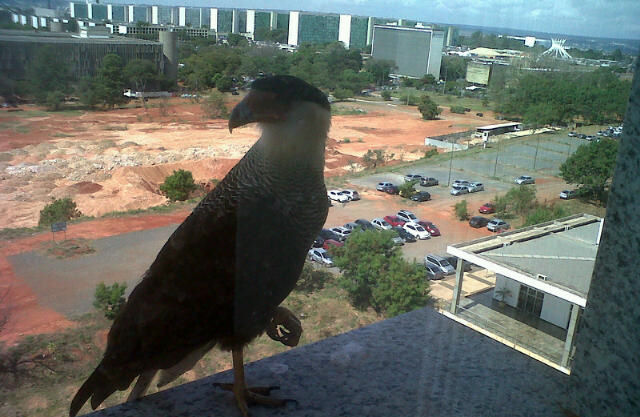
U.S. Embassy/Fulbright Commission agreement with the Brazilian Ministry of Education’s Coordination for the Improvement of Education Personnel (CAPES) expands from 50 to 540 the number of scholarships in the U.S. for public school English language teachers
September 10 marked the signing ceremony and official launch of the expanded program to send 540 Brazilian public school English language teachers to the United States in January 2013. Ministry of Education sees this program as a big step in Minister Mercadante’s “Schools without Borders” initiative. The concept is similar to “Science without Borders”. “Schools without Borders” will provide opportunities for primary/secondary educators to learn about national and international best practices in education, share experiences, globalize their classrooms and, thus improve the quality of public education in Brazil.
This exchange program results from the close cooperation among the Embassy Public Affairs Office with support from the RELO, the Fulbright Commission, and the Brazilian Ministry of Education’s Coordination for the Improvement of Education Personnel (CAPES). It started much smaller in 2011 with an eight-week program in the U.S. for 20 public school English language teachers – 10 funded by the USG, 10 by the GOB. Impressed by the success, the GOB funded 40 participants this year. USG support remained at ten. Next year an even greater push from the Brazilian government will offer 540 slots, 20 teachers from each of the 26 Brazilian states and the Federal District. This group will be spread across universities throughout the U.S. Participants will attend specialized, six-week professional development programs to enhance their English language teaching skills and appreciation of U.S. culture.
Brazilian government officials hope and believe that this imitative jump start efforts to quickly improve the levels of English competency and internationalization in Brazilian public schools. They express their gratitude to the U.S. for being so willing and able to help. We believe that the connections made between American institutions and the Brazilian educational system will create benefits for generations to come for our country and theirs. Everybody wins.
If you read Portuguese, you can read about it here.
My picture is a hawk from outside CAPES. They sit out there and dive on pigeons. You can look at them through the windows, but they cannot see you, so they are not startled.


